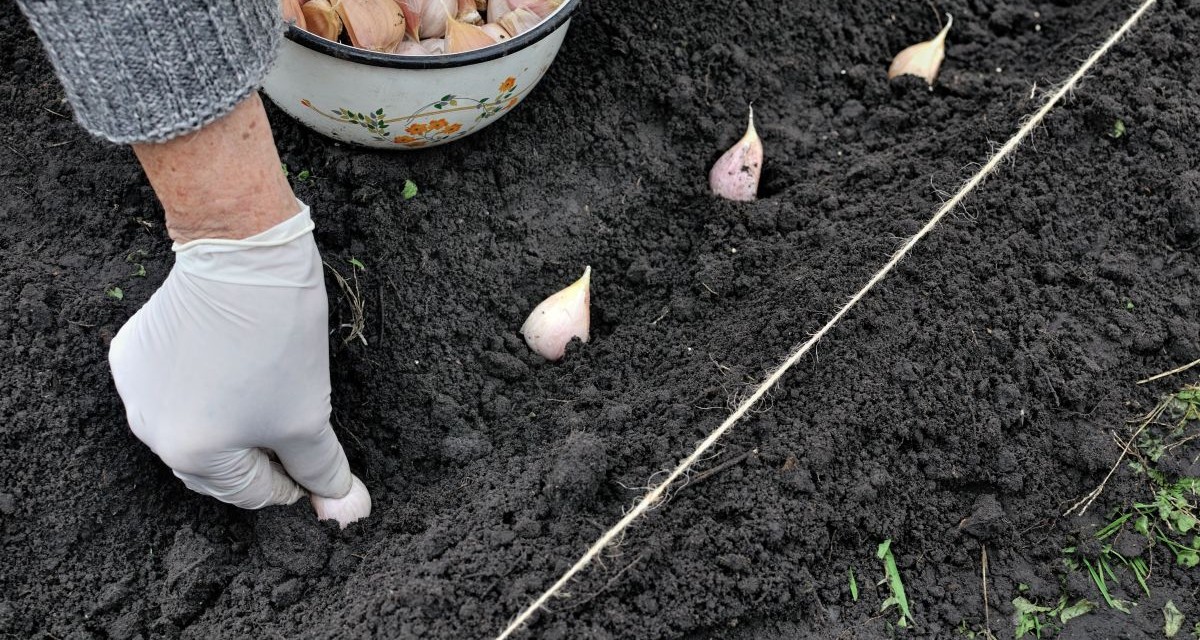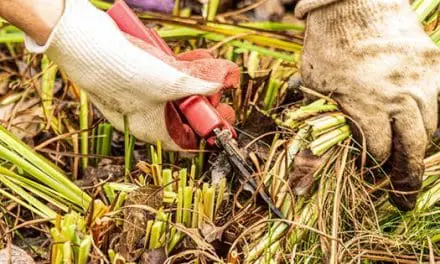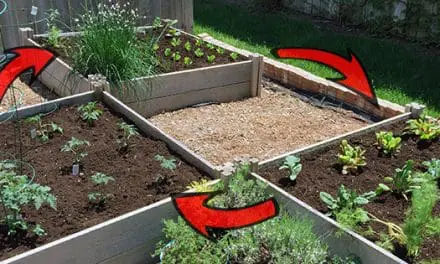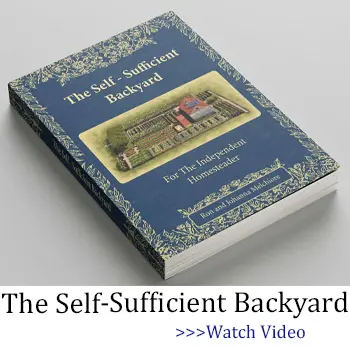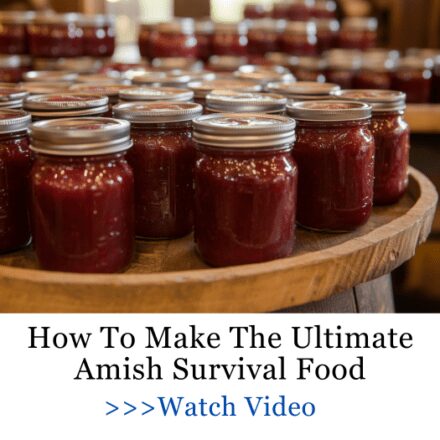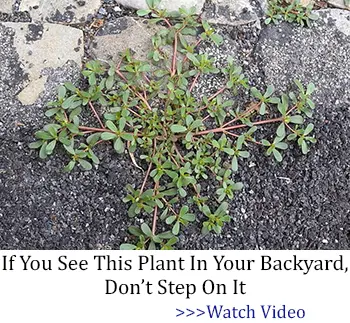Garlic has long been a cornerstone of both the kitchen and the apothecary. Revered for its pungent flavor and powerful healing properties, this humble bulb deserves a place in every garden, whether you have sprawling garden beds or a few pots on your balcony. Planting garlic correctly not only ensures a bountiful harvest but also unlocks its full medicinal potential.
When to Plant Garlic
Timing is everything when it comes to garlic. The best time to plant is in the fall, typically 4 to 6 weeks before the ground freezes. This allows the cloves to establish roots before winter dormancy. In milder climates, you can plant garlic in late fall or even early winter, as long as the soil remains workable.
Spring planting is possible, though the bulbs may be smaller and less robust. If you are late to the season, choose a fast-maturing variety such as softneck garlic, which can still produce a good yield before summer’s end.
Garlic prefers cool soil to start and warmth to finish, a natural rhythm that mimics its ancestral growing cycle in Mediterranean regions.
How Deep to Plant Garlic
Proper planting depth is crucial to ensure strong growth and protection from the cold. Each clove should be planted 2 to 3 inches deep, pointed side up, with the base resting firmly in the soil.
In colder regions, a depth of 4 inches helps insulate against frost, while in warmer climates, a shallower depth suffices. Space cloves about 6 inches apart in rows roughly a foot apart to allow room for bulb expansion and airflow.
Cover the bed with a layer of mulch such as straw, shredded leaves, or grass clippings to regulate temperature and suppress weeds. The mulch can be pulled back slightly in early spring to allow shoots to push through.
How to Plant Garlic in Containers
Even without a garden bed, garlic can thrive in pots and containers. Choose a deep container, at least 8 inches in height, with good drainage. Fill it with a rich, loose potting mix, ideally a blend of compost, sand, and loam.
Separate the cloves, leaving their papery skins intact, and plant them 2 inches deep and 4 inches apart. Place the container in a sunny location that receives at least 6 hours of light daily.
Related: Never Buy Garlic Again!
Water consistently, keeping the soil moist but never waterlogged. Container-grown garlic benefits from an occasional organic feed, such as diluted compost tea or fish emulsion, every few weeks during active growth.
Once the leaves begin to yellow and dry, usually midsummer, stop watering and allow the bulbs to cure naturally in the soil for about a week before harvesting.
Garlic’s Benefits for the Body
Beyond its role in the kitchen, garlic is a natural ally for health and vitality. Rich in allicin, it has potent antibacterial, antiviral, and antifungal properties. Traditionally, garlic has been used to:
- Support cardiovascular health by lowering blood pressure and cholesterol.
- Strengthen the immune system against colds and infections.
- Aid digestion and balance gut flora.
- Act as a natural detoxifier, helping the body eliminate heavy metals.
In natural medicine, few plants are as versatile and enduring as garlic. It is one of those remedies that bridges the gap between food and medicine, a true gift from the garden.
Learn More in The Forgotten Home Apothecary
If you are drawn to plants that nourish both the body and spirit, garlic is just the beginning. The Forgotten Home Apothecary is a treasure trove of traditional herbal wisdom, from age-old remedies for common ailments to practical guides on creating your own natural medicine chest.
Inside, you will discover how to turn everyday plants into powerful allies for health and self-reliance. Garlic is just one of the many potent healers you can grow right in your backyard or windowsill.
You may also like:
The Most Powerful Survival Food You Can Make at Home With 20+ Years Shelf Life (Video)

